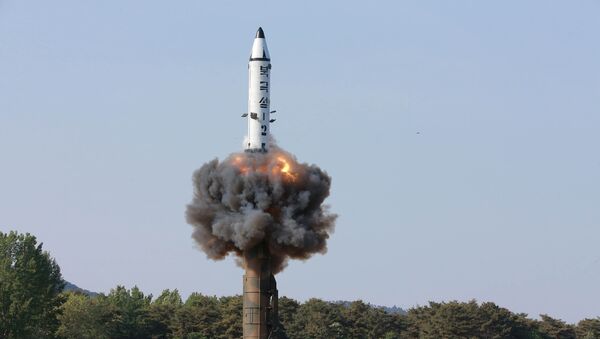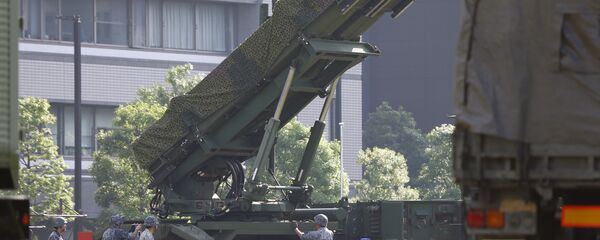The country will air public service announcements about what to do if North Korea does launch missiles at the island and how Japan residents can best defend themselves in the case of that happening.
The 30-second broadcast will air on all major networks as well as local television stations on July 6. It will inform listeners that, in the case of a North Korean missile launch, the satellite-based J-Alert warning system will alert them as quickly as possible via a national speaker system.
The broadcast urges listeners to go inside if they are caught outside during the blast, and to get underground if possible. They should lie face down on the floor and cover their heads, staying as far away from windows as they can. In other words, much the same advice given to those caught in earthquakes.
On Thursday, Japan began holding public missile defense drills, meant to reassure the population that they would be safe even if attacked by North Korea. "Making this public is a way to reassure people about their safety and bring peace of mind," Air Self Defence Force Major Akinori Hanada told reporters.
The concerns seem founded, considering that the joint Aegis missile defense test that took place on Thursday between the Americans and the Japanese was a failure. If a North Korean missile is launched at Japan, the Aegis systems mounted on American and Japanese warships is intended to be a significant line of defense, along with the THAAD in South Korea and Patriot missile batteries in Japan.
However, firing a ballistic missile is much easier than shooting it down. The Aegis was not able to shoot down a dummy ballistic missile in its most recent challenge. This was the second test, after a successful one in Hawaii.
The Japanese government is considering building a permanent missile defense system called the Aegis Ashore, which is very similar to the Aegis system that many warships are equipped with. They have also begun a billion dollar program to upgrade and expand their Patriot missile battery defenses.
The Diet is also mulling the construction of bomb and missile shelters in major cities.




